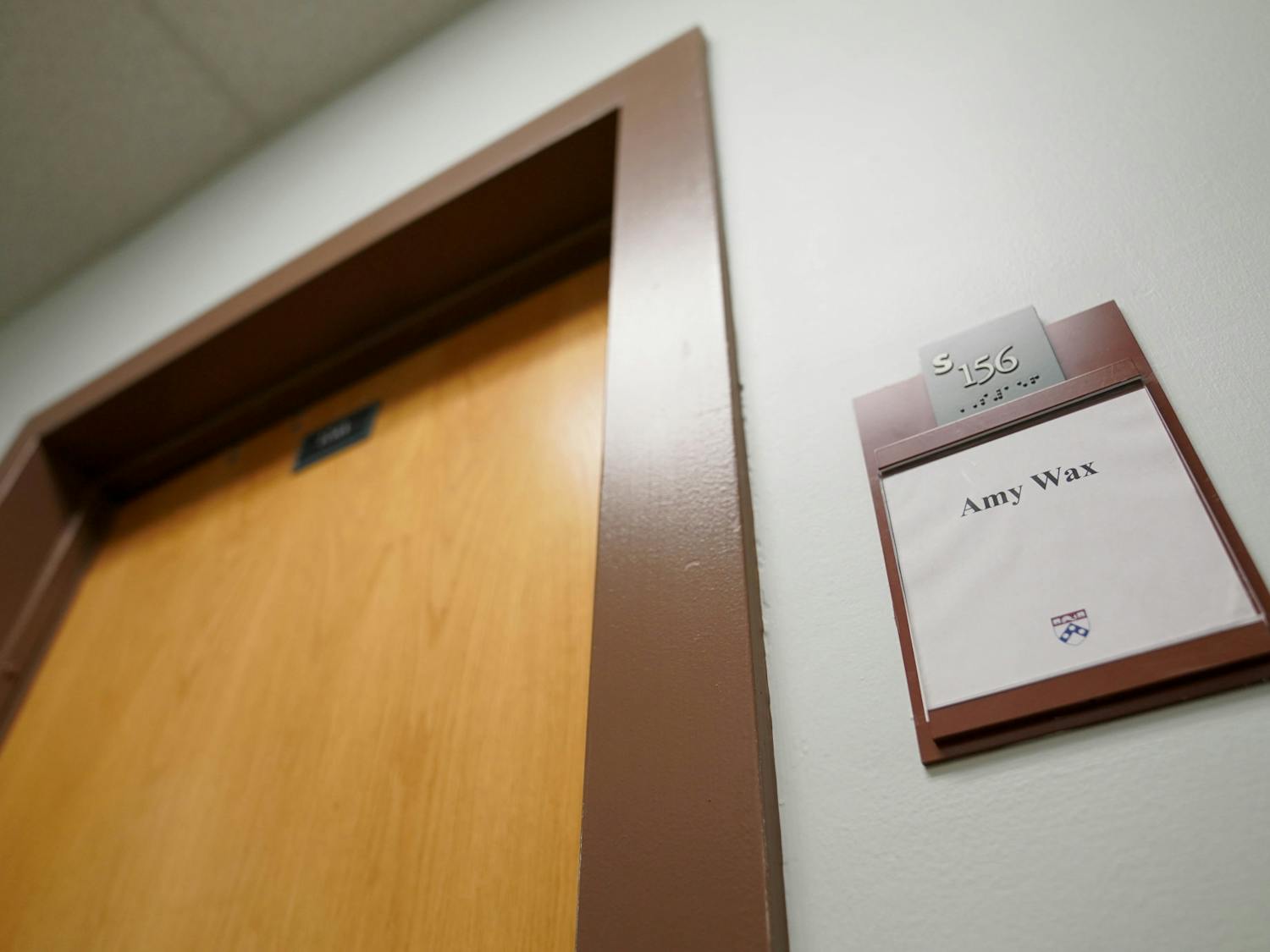With a three percent increase in the number of regular applications this year, the Class of 2009 should, like many of its recent predecessors, raise the bar for difficulty of getting accepted.
As roughly 48 percent of the class -- a slightly higher percentage than normal -- has already been accepted from the early applicant pool, Dean of Undergraduate Admissions Lee Stetson believes that Penn's admittance rate will be in the 14 percent range this spring. That would be the lowest rate ever at Penn.
"The strength of the application pool, both academically and otherwise, is by far the best ever," Stetson said, adding that the average SAT score of this year's applicants is at an all-time high of 1390, representing a nine point increase over last year's average. The average SAT II score is also a record high at 697, a four point increase.
Penn has received 18,749 applications, compared to 18,202 last year. There are 12,305 applicants for the College, an increase of 251; 3,409 for the Wharton School, an increase of 280; and 2,713 for the School of Engineering and Applied Science, an increase of 19. The only school that did not see an increase in applications was Nursing, which at 297 had 28 fewer applications than last year.
This overall increase in interest is not unique to Penn, though, as admissions officers at every Ivy with the exception of Yale will be reading more applications this year.
Brown (16,835), Columbia (18,236), Cornell (24,114), Dartmouth (12,615), Harvard (22,717) and Princeton (16,077) all received a record high number of applications.
Yale received 19,430 applications, 245 fewer than last year.
"I think all of the Ivy League schools are recruiting more actively," Stetson said, although he did acknowledge that Cornell's increase of 16.2 percent and Princeton's increase of 17 percent were partly due to those school's decision this year to join Harvard, Yale and Dartmouth by accepting the Common Application.
"Anybody who went to the Common Application saw big increases," Stetson said, adding that "the downside is the students are not necessarily committed."
Penn does not plan on moving to the Common Application.
"We've talked about it, but at this point we feel like we have a sufficient number of applications to choose from," Stetson said.
Stetson said that he is overall pleased with the "gradual but consistent growth" of Penn's applicant pool.
"An extra 500 to 600 applications is a very good sign for us," he said.
Part of that increase can be credited to what Stetson called "A very significant increase from the international community."
With over 100 countries represented, 2,708 international students applied to Penn this year, an increase of 267 applications.
"We recruit heavily around the world," Stetson said, adding that many international students have a special interest in Penn's joint-degree and interdisciplinary programs.
Along those lines, there were 469 applicants to the Huntsman Program in International Studies and Business, an increase of 74. The Jerome Fisher Program in Management and Technology received 479 applications, 34 more than a year ago.
Minorities applied to Penn to the tune of 7,786 this year, including 5,435 Asian and Asian Americans; 1,119 blacks; 1,052 Latinos and 68 Native Americans.
There was also an all-time high of legacy applicants -- those whose parents or grandparents attended the University -- with 1,183.
Only 48 percent of the applicant pool was female, but Stetson predicts that the Class of 2009 will contain an approximately equal number of males and females.
"Penn, over the long term," Stetson said, "is being recognized as a school of choice."








